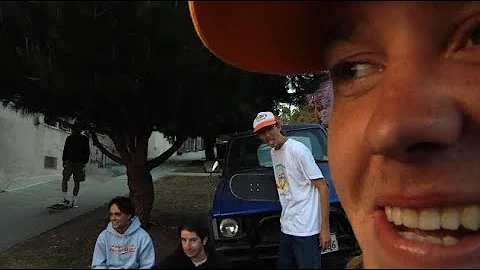Robert L Dent
age ~58
from Seattle, WA
- Also known as:
-
- Robert Lynn Dent
- Robert S Dent
- Robt Dent
- Rob Dent
- Robert Bowles
- Phone and address:
-
7513 32Nd Ave SW, Seattle, WA 98126
2069387489
Robert Dent Phones & Addresses
- 7513 32Nd Ave SW, Seattle, WA 98126 • 2069387489
- 3023 Webster St, Seattle, WA 98126 • 2069387489
- Lake Elsinore, CA
- Huntington Beach, CA
- 210 13Th St, New Florence, PA 15944
- Kiona, WA
Isbn (Books And Publications)


Old and New Birmingham: A History of the Town and Its People
view sourceAuthor
Robert Kirkup Dent
ISBN #
0854097821
Resumes

Sde - Bing
view sourceLocation:
Sammamish, WA
Industry:
Computer Software
Work:
Microsoft
Sde - Bing
Sde - Bing
Skills:
Software Development
C#
Sql
Software Engineering
.Net
C#
Sql
Software Engineering
.Net

Vice President Client Services
view sourceLocation:
5446 California Ave southwest, Seattle, WA 98136
Industry:
Accounting
Work:
Northwest Plan Services, Inc.
Vice President Client Services
Nordstrom Aug 2012 - Jan 2014
Corporate Accounting Supervisor
Rgp Apr 2012 - Jul 2012
Contractor
Northwest Plan Services, Inc. 2001 - 2009
Senior Retirement Plan Accountant and Administrator
Cairncross & Hempelmann 1993 - 2001
Accounting Manager
Vice President Client Services
Nordstrom Aug 2012 - Jan 2014
Corporate Accounting Supervisor
Rgp Apr 2012 - Jul 2012
Contractor
Northwest Plan Services, Inc. 2001 - 2009
Senior Retirement Plan Accountant and Administrator
Cairncross & Hempelmann 1993 - 2001
Accounting Manager
Education:
University of Washington - Michael G. Foster School of Business 2002 - 2002
Master of Business Administration, Masters, Business California State University, Long Beach 1991 - 1991
Bachelors, Bachelor of Science, Business Administration, Accounting
Master of Business Administration, Masters, Business California State University, Long Beach 1991 - 1991
Bachelors, Bachelor of Science, Business Administration, Accounting
Skills:
Financial Analysis
Management
Accounting
Leadership
Forecasting
Budgets
Finance
Auditing
Gaap
Financial Modeling
General Ledger
Corporate Finance
Management
Accounting
Leadership
Forecasting
Budgets
Finance
Auditing
Gaap
Financial Modeling
General Ledger
Corporate Finance
Interests:
Food
Music
Arts and Culture
Wine
Music
Arts and Culture
Wine
Certifications:
Finra Series 65 Certified
Qka
Qpa
Financial Industry Regulatory Authority (Finra)
American Society of Pension Professionals and Actuaries
Qka
Qpa
Financial Industry Regulatory Authority (Finra)
American Society of Pension Professionals and Actuaries

Robert Dent
view source
Robert Dent
view source
Robert Dent
view sourceLocation:
Medina, WA
Skills:
Start Ups
Venture Capital
Non Profits
Strategic Planning
Mergers
Fundraising
Business Strategy
New Business Development
Nonprofits
Negotiation
Strategic Partnerships
Management Consulting
Strategy
Entrepreneurship
Executive Management
Venture Capital
Non Profits
Strategic Planning
Mergers
Fundraising
Business Strategy
New Business Development
Nonprofits
Negotiation
Strategic Partnerships
Management Consulting
Strategy
Entrepreneurship
Executive Management
Name / Title
Company / Classification
Phones & Addresses
TARGA REALTY INC
TARGA PROPERTIES, INC
President, Treasurer, Director, Secretary
Sailwinds Estates Gp Inc
President, Treasurer, Director, Secretary
Sailwinds Financial, Inc
Us Patents
-
Linear Motion Arresting Device
view source -
US Patent:39512380, Apr 20, 1976
-
Filed:Dec 16, 1974
-
Appl. No.:5/533285
-
Inventors:Robert K. Dent - Seattle WA
Douglas K. DuBuque - Lynnwood WA -
Assignee:Tyee Aircarft, Inc. - Everett WA
-
International Classification:F16D 6300
F16F 708 -
US Classification:188 1B
-
Abstract:A piston is mounted for relative sliding movement in the cylindrical bore of a sleeve. The piston comprises a plurality of piston parts, one, a driving piston part connected with a prime mover or a fixed support. A piston rod, supported by the piston at one end and by a sleeve guide at the other end, drives said driving piston part. The other and driven piston parts are connected with, and driven by said one piston part through a metallic ball, rollable in a groove formed in abutting piston part surfaces. This groove extends generally parallel to the piston axis, at an angle thereto, and with the opposite end groove portions thereof closest to the piston axis. When the piston parts move in given and opposite directions, the depth of the groove reduces and the ball functions to transmit motion from the driving piston part to the driven piston part. When the piston parts move in the other direction, the depth of the groove increases and no motion is transmitted. The driven piston parts are relatively initially resiliently urged against the cylindrical bore so they tend to hold such position and movement of the driving piston in one direction causes relative motion between the piston parts and the ball-receiving groove causing the ball to wedge and interconnect the driving and driven piston parts.
-
Method Of Fixing A Threaded Tube To A Threaded Shank Or Nipple
view source -
US Patent:41142500, Sep 19, 1978
-
Filed:Aug 16, 1976
-
Appl. No.:5/714600
-
Inventors:Robert K. Dent - Seattle WA
-
International Classification:B21D 3900
B23P 1100 -
US Classification:29517
-
Abstract:There is disclosed an externally threaded shank, such as that of a bearing or clevis or eyebolt, or an externally threded nipple, such as that of a tubular insert, which is to be fixedly and nonrotatably secured to and disposed within the internally threaded bore of a tube. In connection with shanks, longitudinal slots are provided therein. In connection with nipples, an end flange or shoulder with notches therein is provided. In connection with tube and portions, to receive either a shank or nipple, nitches are provided in an end wall thereof. Then a sleeve, preferably of like but softer material than the tube and of larger diameter than the tube, is disposed on the shank or on the nipple and adjacent the notches or slots in the tube end portion. The sleeve selectively employs either a smooth bore, an internally threaded bore, lugs on either end wall thereof, or an internal spline, or combinations of less than all thereof. Then the sleeve is cold pressed providing metallic flow and migration of metal into the threads of the shank adjacent the tube end wall and into the longitudinal slot in the shank, if a shank is employed; or into the threads adjacent the tube end wall, into the nipple notches, and into the notches in the tube end wall, if a nipple is employed.
-
Combination Tube Fixed To A Shank Or Nipple
view source -
US Patent:41836944, Jan 15, 1980
-
Filed:May 22, 1978
-
Appl. No.:5/908404
-
Inventors:Robert K. Dent - Seattle WA
-
International Classification:F16B 2900
-
US Classification:403320
-
Abstract:There is disclosed an externally threaded shank, such as that of a bearing or clevis or eyebolt, or an externally threaded nipple, such as that of a tubular insert, fixedly and nonrotatably secured to and disposed within the internally threaded bore of a tube. In connection with shanks, longitudinal slots are provided therein. In connection with nipples, an end flange or shoulder with notches therein is provided. In connection with tube end portions, to receive either a shank or nipple, notches are provided in an end wall thereof. Then a sleeve, preferably of like but softer material than the tube and of larger diameter than the tube, is disposed on the shank or on the nipple and adjacent the notches or slots in the tube end portion. The sleeve selectively employs either a smooth bore, an internally threaded bore, lugs on either end wall thereof, or an internal spline, or combinations of less than all thereof. Then the sleeve is cold pressed providing metallic flow and migration of metal into the threads of the shank adjacent the tube end wall and into the longitudinal slot in the shank, if a shank is employed; or into the threads adjacent the tube end wall, into the nipple notches, and into the notches in the tube end wall, if a nipple is employed.
-
Linear Motion Arresting Device
view source -
US Patent:39905420, Nov 9, 1976
-
Filed:Jan 22, 1976
-
Appl. No.:5/651609
-
Inventors:Robert K. Dent - Seattle WA
Douglas K. DuBuque - Lynnwood WA -
Assignee:Tyee Aircraft, Inc. - Everett WA
-
International Classification:B65H 5910
-
US Classification:188 67
-
Abstract:The linear motion arresting device has a stationary member with an internal bore. A mating piston, formed of a plurality of piston parts, is slidable in said bore. One piston part is connected to a prime mover and the others are slidable toward and away from, and lengthwise of, said one piston part. Each of the piston parts has an elongated groove extending parallel to the bore and with the grooves providing directly between piston parts, a ball receiving channel in which a ball may travel and with the channel extending axially of, and at an angle to, the bore and with portions of the two opposite ends of the grooves extending more radially inwardly of the bore than the other two. A relatively nondeformable ball is mounted for travel in the ball receiving channel. A spring construction moves the piston parts in opposite, axial directions until the more radially inward portions of said grooves contact said ball. The driving piston part is connected with a prime mover and the driven piston parts are connected therewith through said ball.
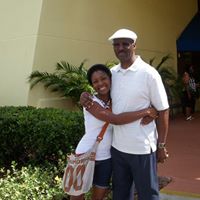
Robert Dent
view source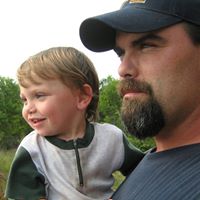
Robert Dent
view source
Robert Benjamin Dent
view source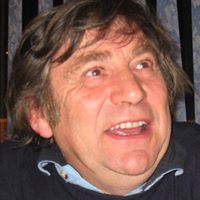
Robert Dent
view source
Robert Dent
view source
Robert Dent
view source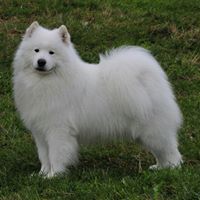
Robert Dent
view source
Robert Dent
view sourceMyspace
Googleplus

Robert Dent
Work:
Self Employed (2010)
Education:
Full Sail University - Game Design

Robert Dent

Robert Dent
Relationship:
Married

Robert Dent
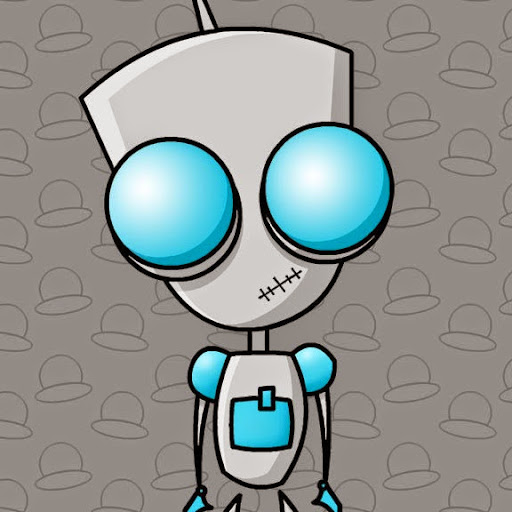
Robert Dent

Robert Dent

Robert Dent
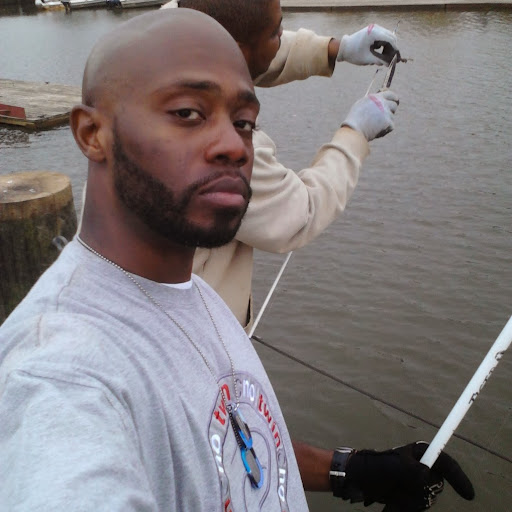
Robert Dent
Flickr
Youtube
Classmates

Robert Dent
view sourceSchools:
Edith Cavell Elementary School Vancouver Saudi Arabia 1977-1984
Community:
Malcolm Johnston, Jamie Amos, Dickson Loo

Robert Dent
view sourceSchools:
Wightman School Pittsburgh PA 1972-1975
Community:
Robbin Blackman, Lee Sandler

Robert Dent
view sourceSchools:
Carson City High School Carson City MI 2001-2005
Community:
Paul Case, Dorothy Hilbert, Rebecca Kohn

Robert Dent
view sourceSchools:
Emerson Elementary School Pontiac MI 1989-1993
Community:
James Bauch, Pamela Carter, Kathy Ford, Faith Coble

Robert Dent
view sourceSchools:
Maclachlan College Oakville Morocco 1991-2001
Community:
Brant Mcnamee

Robert Joseph Dent
view sourceSchools:
Girard High School Girard KS 1984-1988
Community:
Kim Loyd, Gina Cross, Beth Morris, Michael Socci, Shannon Hutchins, Wallace Maples, Stephanie Bryant, Eileen Melhorn, Mary Schultz, Mary Stotts

robert dent, Fairfax High...
view source
Robert Dent, Hurricane Hi...
view sourcePlaxo

Robert Dent
view sourceConrail
Get Report for Robert L Dent from Seattle, WA, age ~58
















